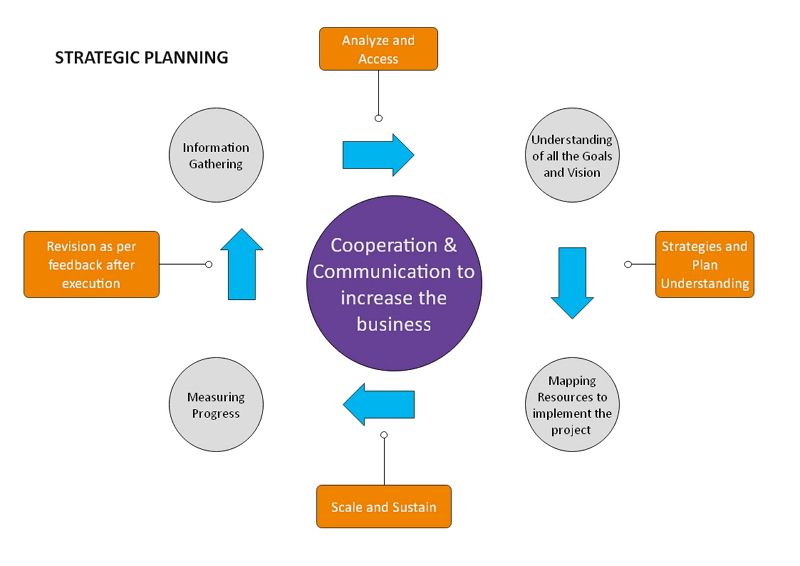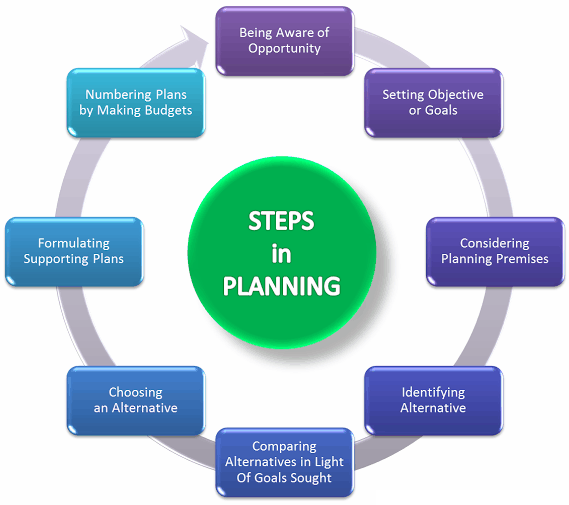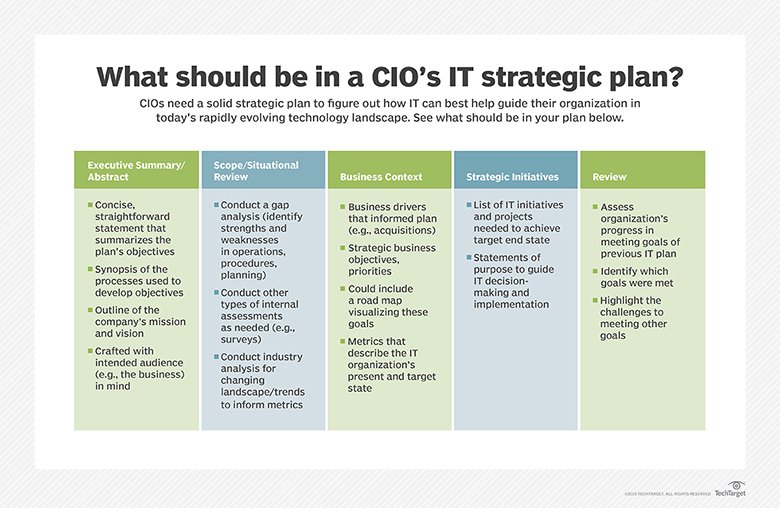
Strategic planning is a process of defining, developing, and implementing a company’s long-term goals and objectives. In simple terms, it is creating a roadmap for the future of the organization. A strategic plan outlines the direction the company wants to take and the resources it will need to get there. It provides a framework for decision-making and action.
Strategic planning is important for several reasons. Firstly, it helps the organization to focus its efforts and resources in the right direction, avoiding costly and wasteful missteps. Secondly, it enables the organization to be proactive rather than reactive, anticipating and responding to changes in the market and industry. Thirdly, it encourages stakeholder engagement and fosters a culture of accountability and transparency.
There are different models that can be used for strategic planning, such as SWOT analysis, PESTLE analysis, and balanced scorecard. SWOT stands for Strengths, Weaknesses, Opportunities, and Threats. This model helps to identify the internal and external factors that impact the organization. PESTLE stands for Political, Economic, Socio-Cultural, Technological, Legal, and Environmental. This model helps to understand the macro environment in which the organization operates. Balanced scorecard is a tool that helps to align the organization’s goals and objectives with its strategy and measures performance across multiple dimensions.
Strategic planning typically consists of five phases. The first phase is preparation, where the organization assesses its current situation, identifies stakeholders, and establishes goals and objectives. The second phase is analysis, where data is gathered and analyzed to gain insight into the organization’s strengths and weaknesses, as well as external factors that could influence its success. The third phase is strategy development, where alternative strategies are developed and evaluated based on the information gathered in the previous phase. The fourth phase is implementation, where the chosen strategy is put into action through the creation of action plans to achieve the goals and objectives established. The fifth and final phase is evaluation and control, where progress is monitored, adjustments are made, and outcomes are assessed in relation to the goals and objectives established.

In conclusion, strategic planning is a crucial process for any organization looking to achieve success in the long term. It provides a framework for decision-making and action, and helps the organization to focus its efforts and resources in the right direction. By following a structured process, using models such as SWOT analysis, PESTLE analysis, or balanced scorecard, and breaking the process down into phases, organizations can create a strategic plan that will guide them towards achieving their goals and objectives.





